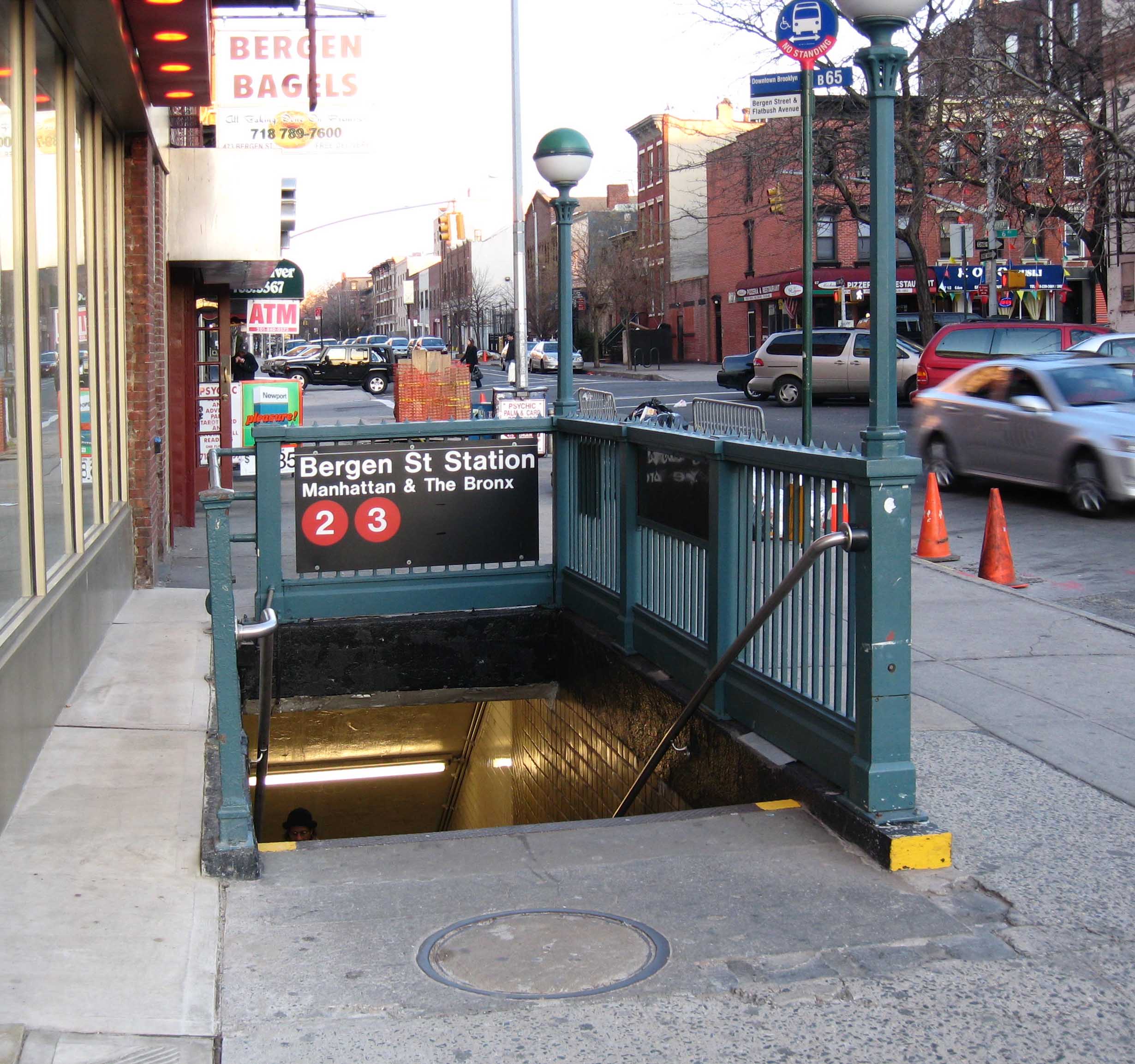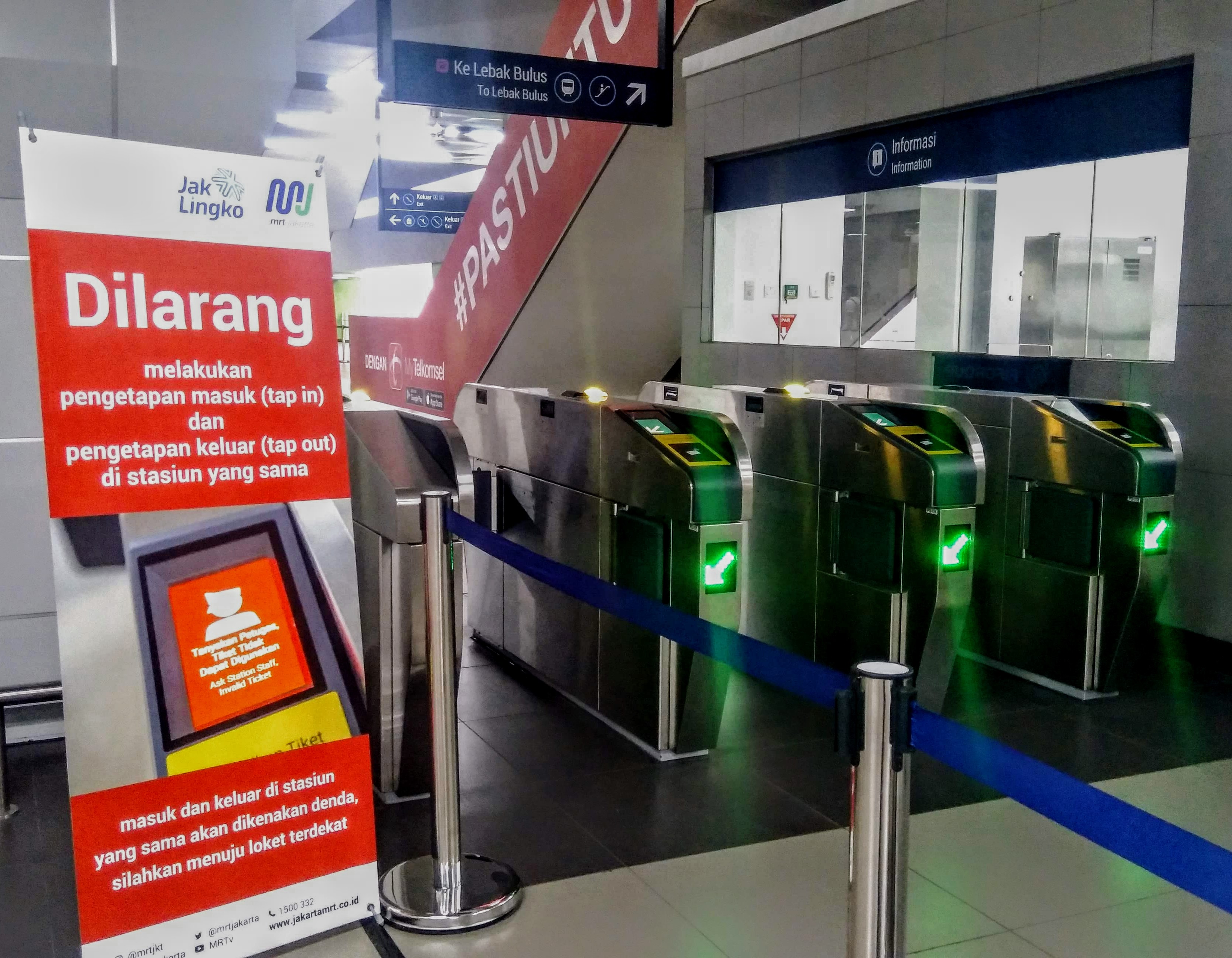|
Bergen Street Station (IRT Eastern Parkway Line)
The Bergen Street station is a local station on the IRT Eastern Parkway Line of the New York City Subway, located at Bergen Street and Flatbush Avenue in Park Slope, Brooklyn. It is served by the 2 train at all times, the 3 train at all times except late nights, and the 4 train during late nights. History The Bergen Street, Grand Army Plaza, and Eastern Parkway–Brooklyn Museum stations opened on October 9, 1920. Service on the IRT Eastern Parkway Line had been extended from Atlantic Avenue Atlantic Avenue may refer to: Highways * Atlantic Avenue (Boston) in Massachusetts * Atlantic Avenue (New York City) in Brooklyn and Queens, New York * Florida State Road 806 in Palm Beach County, locally known as Atlantic Avenue * Atlantic Avenue ... to Utica Avenue in August 1920, but the three stations were not ready to open with the rest of the line. This extension was part of an expansion of the subway system known as the Dual Contracts which built not only IRT lines in ... [...More Info...] [...Related Items...] OR: [Wikipedia] [Google] [Baidu] |
Brooklyn
Brooklyn () is a borough of New York City, coextensive with Kings County, in the U.S. state of New York. Kings County is the most populous county in the State of New York, and the second-most densely populated county in the United States, behind New York County (Manhattan). Brooklyn is also New York City's most populous borough,2010 Gazetteer for New York State . Retrieved September 18, 2016. with 2,736,074 residents in 2020. Named after the Dutch village of Breukelen, Brooklyn is located on the w ... [...More Info...] [...Related Items...] OR: [Wikipedia] [Google] [Baidu] |
BMT Brighton Line
The BMT Brighton Line, also known as the Brighton Beach Line, is a rapid transit line in the B Division of the New York City Subway in Brooklyn, New York City, United States. Local service is provided at all times by the Q train, but is joined by the B express train on weekdays. The Q train runs the length of the entire line from Coney Island–Stillwell Avenue to the Manhattan Bridge south tracks. The B begins at Brighton Beach and runs via the bridge's north tracks. The line first opened in 1878 as a two-track surface-level excursion railroad called the Brooklyn, Flatbush and Coney Island Railway, transporting riders from Downtown Brooklyn via a connection with the Long Island Rail Road (LIRR) to the seaside resorts at Coney Island. When its connection with the LIRR was severed in 1883, the line became the Brooklyn and Brighton Beach Railroad, which was eventually acquired by the Brooklyn Rapid Transit Company (BRT, later Brooklyn–Manhattan Transit Corporation MT. From ... [...More Info...] [...Related Items...] OR: [Wikipedia] [Google] [Baidu] |
IRT Eastern Parkway Line Stations
IRT may refer to: Science and technology * Imagery rehearsal therapy, a treatment for nightmare disorders * Immunoreactive trypsinogen, newborn screening test for cystic fibrosis * Infrared thermography * Infrared Telescope (IRT), carried on Space Shuttle mission STS-51-F * Item response theory, to interpret psychometric tests Television * ''Ice Road Truckers'', a reality television series * International Response Team, a fictional body in ''Criminal Minds'' Other uses * IR Tanger, a Moroccan association football club * Incident response team, a group of people who prepare for and respond to any emergency incident * Indiana Repertory Theatre, Indianapolis, US * Institut für Rundfunktechnik, a German research institute for broadcasters * Interborough Rapid Transit Company, former New York City Subway operator * ''International Registry of Tartans The Scottish Tartans Authority (STA) is a Scotland-based organisation dedicated to preserving and promoting knowledge of Scottish ta ... [...More Info...] [...Related Items...] OR: [Wikipedia] [Google] [Baidu] |
Turnstile
A turnstile (also called a turnpike, gateline, baffle gate, automated gate, turn gate in some regions) is a form of gate which allows one person to pass at a time. A turnstile can be configured to enforce one-way human traffic. In addition, a turnstile can restrict passage only to people who insert a coin, ticket, pass, or other method of payment. Modern turnstiles incorporate biometrics, including retina scanning, fingerprints, and other individual human characteristics which can be scanned. Thus a turnstile can be used in the case of paid access (sometimes called a faregate or ticket barrier when used for this purpose), for example to access public transport, a pay toilet, or to restrict access to authorized people, for example in the lobby of an office building. History Turnstiles were originally used, like other forms of stile, to allow human beings to pass while keeping sheep or other livestock penned in. The use of turnstiles in most modern applications has been credit ... [...More Info...] [...Related Items...] OR: [Wikipedia] [Google] [Baidu] |
Metropolitan Transportation Authority
The Metropolitan Transportation Authority (MTA) is a public benefit corporation responsible for public transportation in the New York City metropolitan area of the U.S. state of New York. The MTA is the largest public transit authority in the United States, serving 12 counties in Downstate New York, along with two counties in southwestern Connecticut under contract to the Connecticut Department of Transportation, carrying over 11 million passengers on an average weekday systemwide, and over 850,000 vehicles on its seven toll bridges and two tunnels per weekday. History Founding In February 1965, New York Governor Nelson Rockefeller suggested that the New York State Legislature create an authority to purchase, operate, and modernize the Long Island Rail Road (LIRR). The LIRR, then a subsidiary of the Pennsylvania Railroad (PRR), had been operating under bankruptcy protection since 1949. The proposed authority would also have the power to make contracts or arrangements with ... [...More Info...] [...Related Items...] OR: [Wikipedia] [Google] [Baidu] |
HEET Turnstile
A turnstile (also called a turnpike, gateline, baffle gate, automated gate, turn gate in some regions) is a form of gate which allows one person to pass at a time. A turnstile can be configured to enforce one-way human traffic. In addition, a turnstile can restrict passage only to people who insert a coin, ticket, pass, or other method of payment. Modern turnstiles incorporate biometrics, including retina scanning, fingerprints, and other individual human characteristics which can be scanned. Thus a turnstile can be used in the case of paid access (sometimes called a faregate or ticket barrier when used for this purpose), for example to access public transport, a pay toilet, or to restrict access to authorized people, for example in the lobby of an office building. History Turnstiles were originally used, like other forms of stile, to allow human beings to pass while keeping sheep or other livestock penned in. The use of turnstiles in most modern applications has been credit ... [...More Info...] [...Related Items...] OR: [Wikipedia] [Google] [Baidu] |
Fare Control
In rail transport, the paid area is a dedicated "inner" zone in a railway station or metro station, accessible via turnstiles or other barriers, to get into which, visitors or passengers require a valid ticket, checked smartcard or a pass. A system using paid areas is often called fare control. Passengers are allowed to enter or exit only through a faregate. A paid area usually exists in rapid transit railway stations for separating the train platform from the station exit, ensuring a passenger has paid or prepaid before reaching the railway platform and using any transport service. Such design requires a well-organized railway station layout. In some systems, paid areas are named differently - for example, on railways in the United Kingdom they are called compulsory ticket areas The paid area is similar in concept to the airside at an airport. However, in most cases entrance to the paid area requires only a valid ticket or transit pass. The exception is in certain cases of inter ... [...More Info...] [...Related Items...] OR: [Wikipedia] [Google] [Baidu] |
I-beam
An I-beam, also known as H-beam (for universal column, UC), w-beam (for "wide flange"), universal beam (UB), rolled steel joist (RSJ), or double-T (especially in Polish language, Polish, Bulgarian language, Bulgarian, Spanish language, Spanish, Italian language, Italian and German language, German), is a beam (structure), beam with an or -shaped cross section (geometry), cross-section. The horizontal elements of the are flanges, and the vertical element is the "web". I-beams are usually made of structural steel and are used in construction and civil engineering. The web resists shear forces, while the flanges resist most of the bending moment experienced by the beam. The Euler–Bernoulli beam equation shows that the I-shaped section is a very efficient form for carrying both bending and shearing (physics), shear loads in the plane of the web. On the other hand, the cross-section has a reduced capacity in the transverse direction, and is also inefficient in carrying torsion ( ... [...More Info...] [...Related Items...] OR: [Wikipedia] [Google] [Baidu] |
Sans Serif
In typography and lettering, a sans-serif, sans serif, gothic, or simply sans letterform is one that does not have extending features called "serifs" at the end of strokes. Sans-serif typefaces tend to have less stroke width variation than serif typefaces. They are often used to convey simplicity and modernity or minimalism. Sans-serif typefaces have become the most prevalent for display of text on computer screens. On lower-resolution digital displays, fine details like serifs may disappear or appear too large. The term comes from the French word , meaning "without" and "serif" of uncertain origin, possibly from the Dutch word meaning "line" or pen-stroke. In printed media, they are more commonly used for display use and less for body text. Before the term "sans-serif" became common in English typography, a number of other terms had been used. One of these outmoded terms for sans-serif was gothic, which is still used in East Asian typography and sometimes seen in typeface na ... [...More Info...] [...Related Items...] OR: [Wikipedia] [Google] [Baidu] |
Times New Roman
Times New Roman is a serif typeface. It was commissioned by the British newspaper ''The Times'' in 1931 and conceived by Stanley Morison, the artistic adviser to the British branch of the printing equipment company Monotype, in collaboration with Victor Lardent, a lettering artist in ''The Times's'' advertising department. It has become one of the most popular typefaces of all time and is installed on most desktop computers. Asked to advise on a redesign, Morison recommended that ''The Times'' change their text typeface from a spindly nineteenth-century face to a more robust, solid design, returning to traditions of printing from the eighteenth century and before. This matched a common trend in printing tastes of the period. Morison proposed an older Monotype typeface named Plantin as a basis for the design, and Times New Roman mostly matches Plantin's dimensions. The main change was that the contrast between strokes was enhanced to give a crisper image. The new design made its ... [...More Info...] [...Related Items...] OR: [Wikipedia] [Google] [Baidu] |
Mosaic
A mosaic is a pattern or image made of small regular or irregular pieces of colored stone, glass or ceramic, held in place by plaster/mortar, and covering a surface. Mosaics are often used as floor and wall decoration, and were particularly popular in the Ancient Roman world. Mosaic today includes not just murals and pavements, but also artwork, hobby crafts, and industrial and construction forms. Mosaics have a long history, starting in Mesopotamia in the 3rd millennium BC. Pebble mosaics were made in Tiryns in Mycenean Greece; mosaics with patterns and pictures became widespread in classical times, both in Ancient Greece and Ancient Rome. Early Christian basilicas from the 4th century onwards were decorated with wall and ceiling mosaics. Mosaic art flourished in the Byzantine Empire from the 6th to the 15th centuries; that tradition was adopted by the Norman Kingdom of Sicily in the 12th century, by the eastern-influenced Republic of Venice, and among the Rus. Mosaic fell ou ... [...More Info...] [...Related Items...] OR: [Wikipedia] [Google] [Baidu] |



.jpeg)

